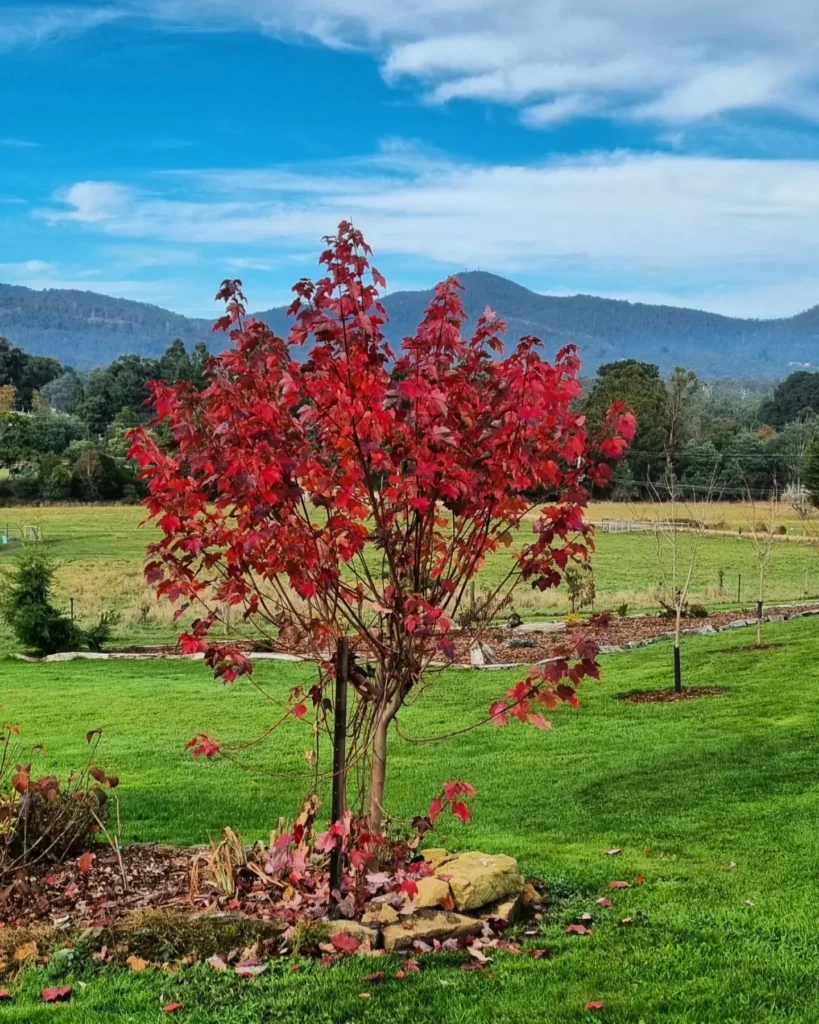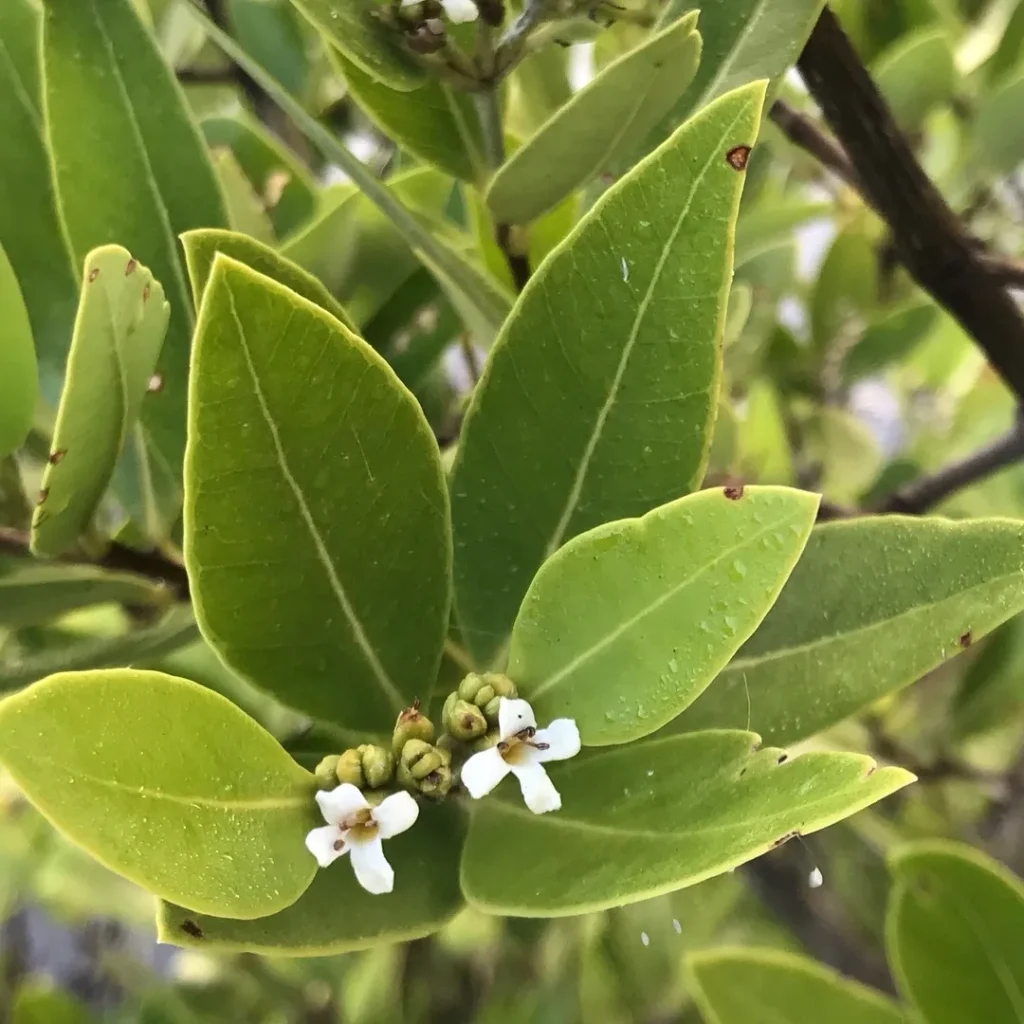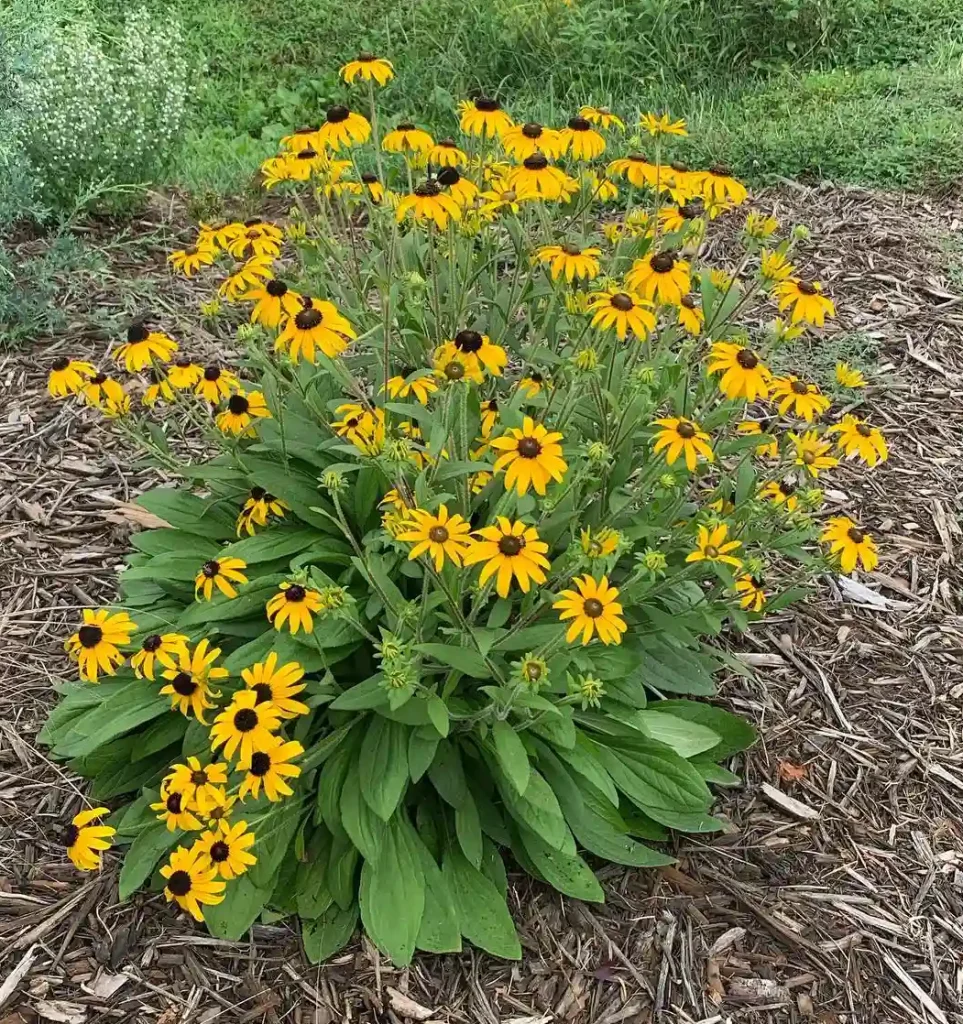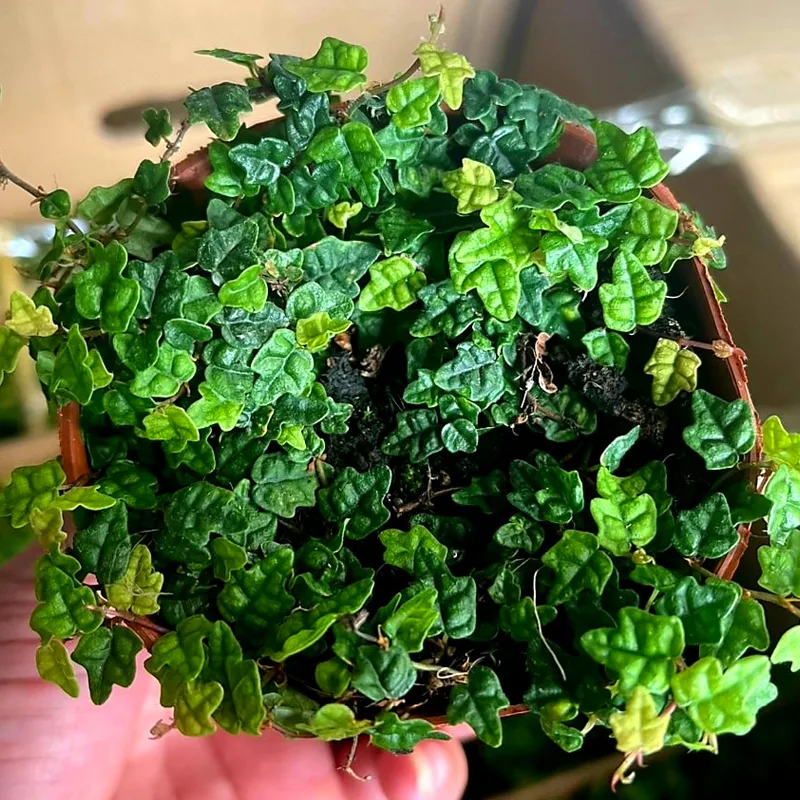
Okra – Abelmoschus Esculentus: A Versatile Wonder in My Garden
Okra, scientifically known as Abelmoschus Esculentus, holds a special place in my gardening journey. This vegetable, often called “lady’s finger,” is more than just a culinary delight. It’s a symbol of resilience, adaptability, and the beauty of homegrown food. Let me take you on a journey through my experience with growing, cooking, and appreciating okra.
Why I Chose Okra?
Growing up, okra was a staple in my family’s meals. Its slimy texture, which some find off-putting, was always a favorite of mine when prepared in rich stews or crisp, fried dishes. So, when I started my garden, okra was one of the first plants I wanted to cultivate.
How to cook okra?
I find that sautéing okra with a bit of olive oil and seasoning it with garlic and lemon zest brings out its best flavor and keeps it tender without becoming slimy.
Can dogs eat okra?
I’ve given my dog small amounts of cooked okra as a treat, and he seems to enjoy it, but I always make sure to avoid any added spices or oils.
What does okra taste like?
Okra has a unique flavor that’s mildly earthy with a hint of sweetness; its texture can be a bit slippery, which some people love and others don’t.
How to freeze okra?
I blanch the okra in boiling water for a couple of minutes before quickly transferring it to an ice bath, then I pack it into freezer bags to keep it fresh for months.
Is okra keto?
I’ve incorporated okra into my keto diet because it’s low in carbs and high in fiber, making it a great addition to my meals.
How to plant okra?
Planting okra is straightforward; I usually start by sowing the seeds directly into well-drained soil in a sunny spot, keeping them watered and mulched.
When to plant okra?
I wait until the soil is warm and the last frost has passed before planting okra, typically around late spring to early summer.
How far apart to plant okra?
I space okra plants about 12 to 18 inches apart to give them room to grow and to ensure good air circulation.
How deep to plant okra seeds?
I plant okra seeds about 1 inch deep in the soil, which helps them establish strong roots and sprout effectively.
How many okra plants per person?
I generally plant 4 to 6 okra plants per person to ensure a steady supply throughout the season, depending on how much we use.
When to plant okra in Texas?
In Texas, I usually plant okra in late March to early April, as the warmer weather helps it thrive.
Can okra and tomatoes be planted together?
I’ve found that okra and tomatoes can grow well together; just ensure they have enough space and nutrients to share.
When to plant okra in Georgia?
In Georgia, I plant okra in late spring or early summer, after the soil has warmed up to ensure healthy growth.
How many okra per plant?
I typically get around 20 to 30 okra pods per plant throughout the growing season, which seems to be a good yield for our needs.
How many okra plants per 5 gallon bucket?
In a 5-gallon bucket, I usually fit just one okra plant, as it needs ample space for its roots to grow properly.
When to plant okra in Oklahoma?
In Oklahoma, I wait until the soil temperature is consistently warm, usually around late April or early May, to plant okra.
Do you soak okra seeds before planting?
I’ve found soaking okra seeds overnight helps with quicker germination, making them sprout faster and more reliably.
When to plant okra in Arkansas?
I plant okra in Arkansas after the last frost has passed, typically in late April or early May, when the soil has warmed up.
Can okra and peppers be planted together?
I’ve had good results planting okra and peppers together; they seem to complement each other well in terms of space and sunlight needs.
How many okra plants per square foot?
I space okra plants about 1 per square foot, as they need enough room to grow and spread out.
Will deer eat okra plants?
I’ve noticed that deer tend to avoid okra plants, but in areas with heavy deer traffic, it’s still wise to keep an eye out.
What to plant after okra?
After harvesting okra, I usually plant quick-growing greens or beans in the same spot to make the most of the season.
Okra vs Bitter Melon
When I tried okra and bitter melon together, I found that the okra’s mild, almost grassy flavor balanced the bitter melon’s sharp bitterness, making it a unique combination that I really enjoyed experimenting with.
Okra vs Green Beans
In my kitchen, okra and green beans both had their own charm, but I found that okra’s slimy texture added a distinct richness to stews compared to the crisp, clean crunch of green beans that I love in salads.
Okra vs Squash
When I compared okra to squash, I preferred squash’s versatility in taking on various seasonings and its tender texture in stir-fries, while okra’s unique texture and flavor stood out more in Southern-style gumbo.
Okra vs Zucchini
In my experience, zucchini’s mild flavor and quick cooking time made it my go-to for light, summer dishes, while okra’s rich, slightly sticky texture added a comforting depth to hearty, spicy dishes.
Benefits of Growing Okra
Okra isn’t just a culinary gem; it’s a nutritional powerhouse. It’s rich in vitamins A, C, and K, as well as antioxidants and dietary fiber. Including it in my diet helped support digestion and overall health.
Growing okra also connected me to sustainable living. By cultivating my own vegetables, I reduced my reliance on store-bought produce, cut down on food waste, and enjoyed fresher, tastier meals.
Challenges and Rewards
Every gardening experience comes with its challenges, and okra was no exception. The plant’s spiny stems and leaves required careful handling during harvest. Wearing gloves solved this problem. Additionally, the rapid growth of the pods meant I had to stay vigilant to avoid missing the perfect harvesting window.
Despite these minor challenges, the rewards of growing okra far outweighed them. The satisfaction of seeing my plants flourish, combined with the joy of sharing fresh produce with family and friends, made every moment worthwhile.
Closing Thoughts
Okra, or Abelmoschus esculentus, is more than just a plant in my garden—it’s a symbol of self-sufficiency, health, and creativity. Its ability to thrive with minimal care, coupled with its culinary versatility, makes it a must-have for any gardener.
If you’ve ever considered adding okra to your garden, I encourage you to give it a try. The journey from seed to harvest is rewarding, and the taste of fresh, homegrown okra is unmatched. Whether you’re an experienced gardener or just starting, this resilient and nutritious vegetable is bound to leave a lasting impression.
Growing okra has deepened my appreciation for nature’s gifts. Every pod I harvest reminds me of the joy and fulfillment that comes from cultivating my own food. For me, okra is more than just a vegetable—it’s a testament to the power of gardening to enrich our lives.
If i die, water my plants!



